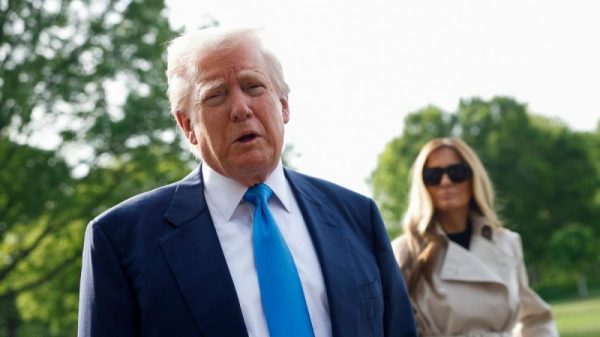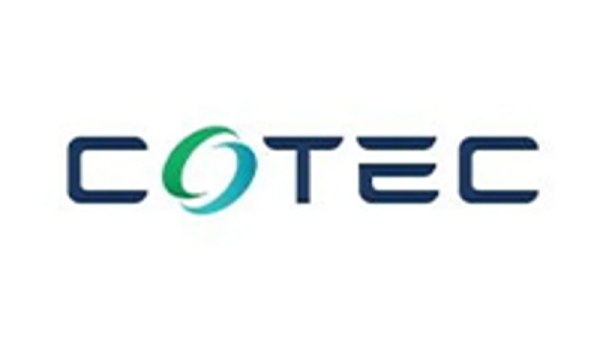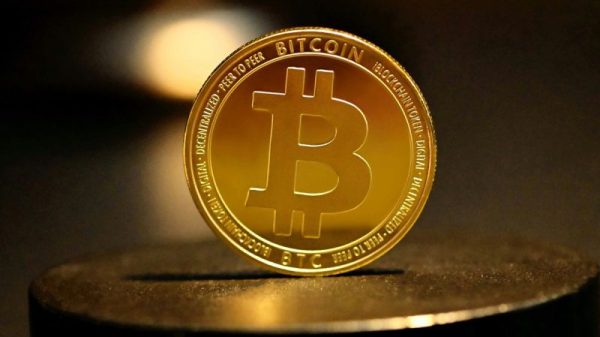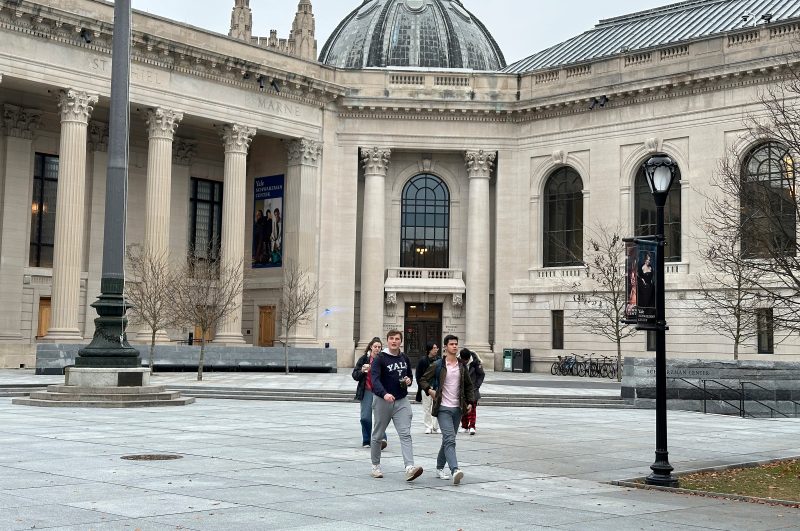Allow me to get something out of the way, right off the bat: Ivy League. What’s more, I should add, Ivy League. And of course, Ivy League. “Ivy League?” you might ask. To which I offer a curt response: “Ivy League.”
Now that I’ve piqued your interest, let us begin.
There are few things in which the media and the sorts of people who spend a lot of time focused on the media show more attention than the machinations of Ivy League universities. The most popular story that could ever be written by a journalist for a journalist would be a story about journalism at an Ivy League university.
There are a few reasons. One is that lots of top-tier journalists attended these universities, just as members of the top-tier of other institutions and organizations did. And while it is probably not technically true that every Ivy diploma requires a seminar course in navel-gazing, it might be technically true. Ivy League people invest a lot of money and energy in the Ivy League and in higher education in particular and, as such, they have a more-robust-than-usual interest in the goings-on within the world of higher education and at Ivies specifically. So, you get lots of fulmination about Ivies and college, and what’s happening there which is generally offered through the lens of “this is important because these people will leave college and influence society” but generally reflects the lens of “this is important because I left that college and influenced society.”
This will seem like sour grapes coming from someone who attended a state university (a large university in Ohio), but that plays only a small role in these observations. It is obviously true that those who attend Ivy League universities tend to be smart; they are probably smarter on average than the attendees of other collegiate groupings. But it is also stipulated that the prevalence of Ivy Leaguers in the upper echelon of American society is heavily a function of the navel-gazing, the informal networks of Ivy Leaguers promoted by Ivy Leaguers who view the Ivy League as inherently important. An Ivy degree is the mark of an official Beanie Baby, for those who insist that their Beanie Babies come only from Ty.
Over the past week, the flip side of the elite obsession with the Ivy League has been prominent. House Republicans, including some who attended Ivy League schools, invited several college presidents to testify on the subject of antisemitism. The presidents, including those from Harvard University and the University of Pennsylvania, unwisely offered constrained, academic responses to loaded questions, triggering a broad outcry. The outcry was powered to no small degree by disdain, performative and otherwise, for the elite institutions those administrators represent — but it was outcry all the same. The U-Penn. president has since resigned, facing criticism that predated the war in Gaza.
This controversy involved the presidents of schools that educate 57,000 students, about three-tenths of a percent of the total number of college students enrolled last year. But these were elite schools, including Ivies, and the presidents had stumbled on a potent issue in the public conversation. So, over the past seven days, more than 1.1 percent of 15-second blocks aired on CNN mentioned the schools or the Ivy League. On Fox News, it was more than 2 percent — with at least 2,000 mentions of “Ivy League,” “Harvard” or “Penn.”
I was curious how this level of attention compared with the footprint of the schools themselves. What percentage of Americans are enrolled in Ivy League schools? How many are Ivy graduates?
This is trickier to determine than it may seem because there isn’t good data on where college graduates earned their degrees over time. We know how many students are enrolled at Ivy League schools and how many college students there have been historically, but parsing out Ivy graduates (much less attendees) for past decades is tricky.
I began by trying to pull data by decade as far back as I could go. Brown University — which is an Ivy League school, probably to your surprise — has an extensive history available. It came first alphabetically, so I was optimistic. But the other seven schools often didn’t. So I shifted my plan. My new goal was to figure out what percentage of degrees were granted to Ivy Leaguers, which would then allow me to estimate the percentage of past graduates who attended Ivies.
Through a combination of searching Google and the Internet Archive, I pulled enrollment numbers for the 2019-2020 year for all of the schools. That year, there were about 138,000 students enrolled at those eight institutions. Across all 3,982 postsecondary schools the following year (that is, post-high school), about 19.6 million people were enrolled. The density of Ivy Leaguers, then, was about 0.7 percent. But that doesn’t include previous graduates. In fact, it doesn’t even tell us much about how many people obtained degrees from those schools that year.
I found data on the number of bachelor’s degrees granted by four of the schools; on average, 12.9 percent of those enrolled received such degrees in that school year. This was higher than the national number of 10.4 percent, but in the interest of erring on the side of generosity (and with the understanding that Ivy League students usually graduate with degrees), I assumed it held across the eight schools. So if 12.9 percent of the Ivies’ 137,600 enrolled students got degrees, that’s about 17,800 degrees, or 0.87 percent of all degrees issued. I had my estimate.
The Census Bureau estimates that about 34.3 percent of the population ages 25 and older had at least a bachelor’s degree in the 2018 to 2022 period. Since those 25 and older are about 69 percent of the population, that means the college-educated group is about 23.5 percent of the population.
Perhaps this seems low to you. That’s probably because the rate of college attendance increased steadily for the latter half of the 20th century, meaning that younger Americans are more likely to go to college than were older Americans. Overlap that with the fact that only about two-thirds of high school graduates attended college in recent years and the large population under 18, and you see where the number comes from.
Now we do our estimate. If we assume that the 0.87 percentage holds across time — which certainly isn’t true, but it’s the best we’ve got — then that means that 0.21 percent of the U.S. population has an Ivy League degree.
There are a lot of caveats that apply. The most obvious is that these are rough estimates. Another is that a lot of those degrees were issued to international students. A third is that this assumes there are no other factors that differentiate Ivy League students from other Americans, which probably isn’t true. For example, given the cost of an Ivy League education and the post-degree salary benefits, it’s likely that Ivy League graduates live longer, making up a greater percentage of the older population than the younger population.
But you get the point. Ivy League graduates (which is most of those who attended an Ivy League school, it’s safe to say) constitute only a fraction of the population — certainly far less than you might have assumed given how much attention those schools receive.
It’s also possible that I’m missing some important qualifiers here. After all, I only went to a lowly state university.


































